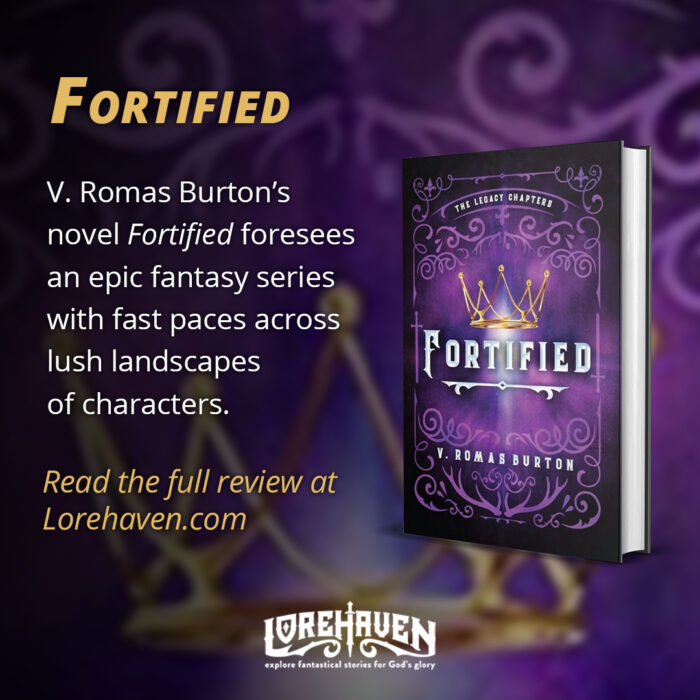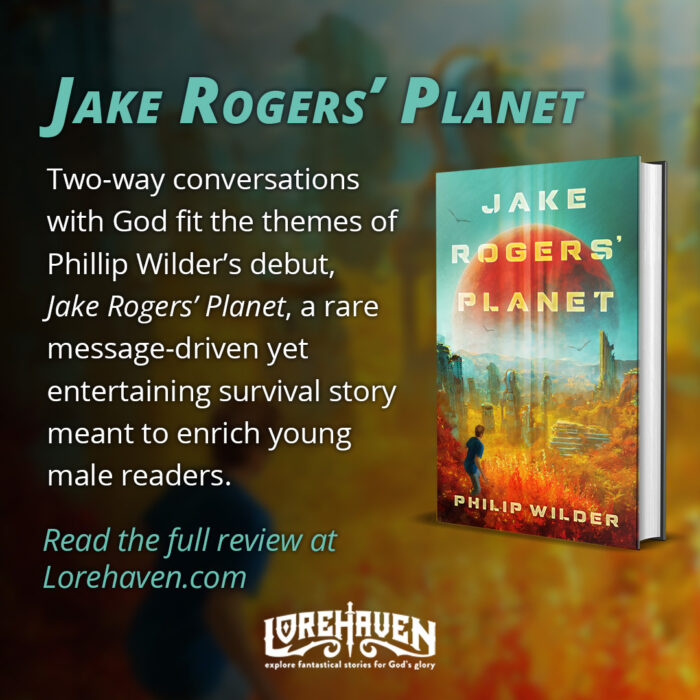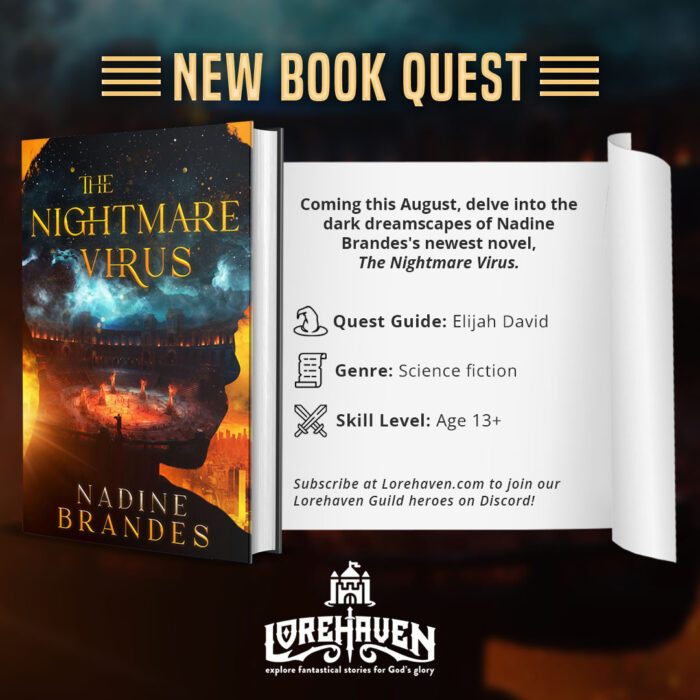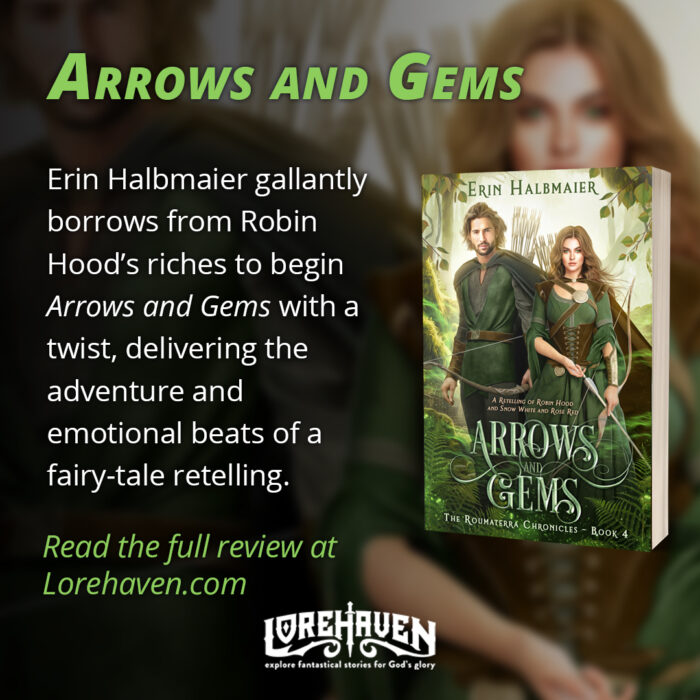Ender’s Film Has Game
It is a serious thing to live in a society of possible gods and goddesses, to remember that the dullest and most uninteresting person you can talk to may one day be a creature which, if you saw it now, you would be strongly tempted to worship, or else a horror and a corruption such as you now meet, if at all, only in a nightmare. All day long we are, in some degree, helping each other to one or other of these destinations…there are no ordinary people. You have never talked to a mere mortal. Nations, cultures, arts, civilizations–these are mortal, and their life is to our as the life of a gnat. But it is immortals whom we joke with, work with, marry, snub, and exploit – immortal horrors or everlasting splendors.
— C.S. Lewis
 Such is Ender Wiggin, perhaps the most complex child creature in all of literature. While central to Orson Scott Card’s beloved book, Ender’s Game, one can’t help but feel afraid of him, of what’s brewing underneath, of the genetic disposition to be either like his sister “Valentine,” or the cold, sociopathic brother, Peter (which means “rock”). After their Platonic trichotomy is less-than-subtly introduced, one isn’t sure which way his psyche will turn as it traverses the dangerous environment of a futuristic battle school which seeks to capitalize on both sides of his dual nature. In one glimpse we see goodness, in the next, goodness spoiled.
Such is Ender Wiggin, perhaps the most complex child creature in all of literature. While central to Orson Scott Card’s beloved book, Ender’s Game, one can’t help but feel afraid of him, of what’s brewing underneath, of the genetic disposition to be either like his sister “Valentine,” or the cold, sociopathic brother, Peter (which means “rock”). After their Platonic trichotomy is less-than-subtly introduced, one isn’t sure which way his psyche will turn as it traverses the dangerous environment of a futuristic battle school which seeks to capitalize on both sides of his dual nature. In one glimpse we see goodness, in the next, goodness spoiled.
But I’m getting ahead of myself.
The story. Without spoiling the film or book, I can summarize the plot by saying that it is set in the far, technological future – post-war, post-many-things. Earth has been attacked by an alien race and survived, but has spent the remaining years preparing for another expected clash. Earth’s military has embraced children as the fastest learners and thinkers and sought them out. As a result, the prodigious Ender Wiggin (a “third” in a world of two children households) finds himself quickly moving up the military ladder to the most elite of battle schools.
That’s where I’ll stop, except to say that the technology that made Ender’s Game so appealing when it was first published in 1985 got little screen time but also deserves a mention – that’s probably because it now exists. In 85, not only was my mom a trolling English tutor in the cyberworld, but my parents were already attending moots with forum buddies that they met on “Quantum Link” – the version then of what the internet is now. We had so much trouble explaining to people- especially my grandparents – how we were able to talk to people through our computer that we just gave up.
In Card’s Game, social internet sites like Facebook and online rumors were both major players and major stunners in 1985. Valentine had a screen name of “Demosthenes” and Peter was “Locke” and together they infiltrated culture and begin to bend it in sinister fashion. Valentine’s heart is compromised, and Peter just becomes more and more wicked and chilling and Big-Brother-based-in-your-backyard-garage-freaky as the story progresses. Both those screen names show up in nearly every internet forum I visit to this day.
Also, the characters accessed these digital worlds via slim, light, sleek pads (which Asa Butterfield does use from his battle school bunk). In 85, we were still wearing digital watches and thought Casios were awesome and painted with pixels on Tandys and what was then called an “Apple” computer. So, needless to say while Card’s book was eerily prescient, even if you know that, there’s still just a momentary flicker in your brain while Ender plays an interactive video game (Oh yeah! Those didn’t exist either!) from a sleek iPad, because you forget that he did that twenty years before we had iPads.
My best guess as to why the very scintillating subplot involving Peter and Valentine was left out is that it is no longer science fiction but science fact and that would hardly make a film feel cutting edge, now would it?
So that leaves us with Ender. In the book, the rest of his story is purely psychological and thick on subtext. Perhaps this is why I seriously doubted filmmakers could adequately tell his story. Fifteen minutes in, I had completely changed my mind.
 To start, Asa Butterfield was born to play Ender Wiggin. Audiences generally want children to play horrific devils or innocent lambs. Historically, literature hasn’t allowed them to be truly complex beings. We have seen terrible children redeemed and good children go bad, but with Ender Wiggin, Orson Scott Card broke all the rules. I cheered when I learned Asa Butterfield had been cast to play this role and fondly remembered the year it was slated to be Hayley Joel Osment, a choice which was intriguing but still felt imperfect. My romantic self now believes Ender was Asa – it was always supposed to be Asa. Having seen him play a chilling young Mordred on BBC’s Merlin, I remember wondering how he could ever be anything but blue-eyed bad seed material. Then Scorcese’s Hugo came along and he displayed a warm, beautiful vulnerability with those same blue eyes I had been sure could only exude negative temperatures. When the news came out that he had been snagged for Ender, it got my attention to say the least. Actually, I sort of ran around the room screaming.
To start, Asa Butterfield was born to play Ender Wiggin. Audiences generally want children to play horrific devils or innocent lambs. Historically, literature hasn’t allowed them to be truly complex beings. We have seen terrible children redeemed and good children go bad, but with Ender Wiggin, Orson Scott Card broke all the rules. I cheered when I learned Asa Butterfield had been cast to play this role and fondly remembered the year it was slated to be Hayley Joel Osment, a choice which was intriguing but still felt imperfect. My romantic self now believes Ender was Asa – it was always supposed to be Asa. Having seen him play a chilling young Mordred on BBC’s Merlin, I remember wondering how he could ever be anything but blue-eyed bad seed material. Then Scorcese’s Hugo came along and he displayed a warm, beautiful vulnerability with those same blue eyes I had been sure could only exude negative temperatures. When the news came out that he had been snagged for Ender, it got my attention to say the least. Actually, I sort of ran around the room screaming.
I’m happy to say I wasn’t disappointed.
So where do I start? Remember how Hayley Joel Osment’s voice cracked throughout Secondhand Lions and you felt a little sorry for him? Like you wished for his sake that they could have done the film just a little after he’d gotten through all that? Yeah, that doesn’t happen. Well, the voice cracking does, but with each crack in Asa Butterfield’s growing voice combined with those seemingly cold, glaring eyes, this over-arching whisper forms in your ear (in a way barred to you when simply reading the book) that Ender Wiggin – in all his extraordinary genius and strategic cunning and seething temperament — is a child. It works. It works painfully well.
Add to that a sparkling performance from Abigail Breslin as Valentine (trust me, I’m eating crow right now because I thought the decision to cast her was terrible and, as it is, she’s just right). In the few moments she’s on screen with Ender and the oldest Wiggin, Peter (Jimmy Pinchak), she (and Pinchak) plays Ender’s “shadow” perfectly. The chemistry between these three is given very little screen time, but it was essential to understanding the precipice on which Ender’s being sways (always sways), and – thank goodness – they nail it. They nail it so beautifully that this was the moment that I let go of everything and decided the filmmakers could be trusted. After that, Asa’s brilliant eyes do the rest – like the pools between the worlds they shift between these two sides of himself without a word.
And suddenly, somewhere in the film, you realize you’ve been viewing multiple wars at once. Card’s story – and his hero – are so much more than they at first appear – and in midst of the battle, one can almost hear an Older Voice: “For what does it profit a man to gain the whole world …”
 As for the rest of the cast, it is one of the most richly diverse I’ve seen since Hogwarts. Nonzo Onozie (who is this guy?) is fantastic as the Battle School drill sergeant, with a bark on his lips and a twinkle in his eye. Harrison Ford is spot on as Ender’s mentor, Hiram Graff. Audiences will think what they’re supposed to think of him when they’re supposed to think it. Though he’s always good, Ben Kingsley’s appearance was welcome but felt late in the game, and a little flat. His introductory scene seemed like a thing which probably looked better in a storyboard but failed on the actual studio floor. My instincts kept wanting to fix it. Viola Davis, however, is perfection in her protective role as a counselor to the young recruits and pulls off considerably more depth than Ford or Kingsley. Ender’s band of misfits is deftly cast – particularly Aramis Knight as Bean. Hailee Steinfeld does the best she can with Petra who is given little time to really develop as a character, and sadly is largely forgettable. Moises Arias shines much more immediately and brightly as the malevolent Bonzo. On seeing him, I felt like Card’s character had walked right off the page. His altercations with Ender faced some of the biggest changes in the film, but when you see them, you’ll understand why they were necessary. I kept waiting for the moment when I was going to have to slap my hand over my 9-year-old daughter’s eyes and it didn’t come.
As for the rest of the cast, it is one of the most richly diverse I’ve seen since Hogwarts. Nonzo Onozie (who is this guy?) is fantastic as the Battle School drill sergeant, with a bark on his lips and a twinkle in his eye. Harrison Ford is spot on as Ender’s mentor, Hiram Graff. Audiences will think what they’re supposed to think of him when they’re supposed to think it. Though he’s always good, Ben Kingsley’s appearance was welcome but felt late in the game, and a little flat. His introductory scene seemed like a thing which probably looked better in a storyboard but failed on the actual studio floor. My instincts kept wanting to fix it. Viola Davis, however, is perfection in her protective role as a counselor to the young recruits and pulls off considerably more depth than Ford or Kingsley. Ender’s band of misfits is deftly cast – particularly Aramis Knight as Bean. Hailee Steinfeld does the best she can with Petra who is given little time to really develop as a character, and sadly is largely forgettable. Moises Arias shines much more immediately and brightly as the malevolent Bonzo. On seeing him, I felt like Card’s character had walked right off the page. His altercations with Ender faced some of the biggest changes in the film, but when you see them, you’ll understand why they were necessary. I kept waiting for the moment when I was going to have to slap my hand over my 9-year-old daughter’s eyes and it didn’t come.
After that, omissions were more common than actual changes. The remainder of the film was extremely faithful to Card’s original. The story jumps in at 0 and doesn’t end until you’re given a taste of the next book, Speaker For the Dead (one can only hope!). Fans should be happy to know that the sacred and hotly anticipated battle training was so well done I could not figure out how on earth they pulled it off. And yes, Orson Scott Card, I can see the Quidditch/Potter connection having now seen Ender on film, but I still don’t think Rowling completely stole Harry Potter from you so let it go, okay?
Finally, (EG fans who have read the book will know what I mean when I say this) when “the moment” comes, the film, without any words, succinctly and poetically delivers the punchline. Ender falls from the precipice. And “zing”! It’s a moment that caught me up in both emotion and admiration at the same time.
Another notable achievement is a soundtrack that is digitally driven at its outer edge while prominently featuring a very human sounding central acoustic violin as its voice. This was brilliant for many reasons – the metaphorical juxtaposition of carefully engineered and authentic sounds, the mathematically crafted space shared between old and new, and (most importantly) such sheer gorgeousness that I purchased it before our car made it home.
One last thing. This film did not slow down to let you catch up. Ever. And its pace felt very decisive – as if it was saying upfront that it was okay with losing a few audience members for the sake of telling a more complex story true to the book.
To whomever made this decision: THANK YOU.
On that note, since my husband and I had both read the book, I did ask our friends with us what they thought of the film having gone into it cold turkey. The majority were completely drawn in and loved it while a couple admittedly got confused early on and just enjoyed the remainder of the film as spectacle. While I was sorry to hear that, for once, it seemed like filmmakers chose to appeal to the fanbase that has adored this book and story for years – it made me feel like someone in Hollywood was finally getting it.
For those with family, my nine-year-old daughter remained absolutely glued to the screen the entire time and she understood every minute of it. Her eyes, by the way, are a lot like Asa Butterfield’s. In case anyone wonders, the more adult themes of the book (there’s no hanging out in the bunkrooms naked) had been toned down just enough to allow her entrance into a fictional world which treated the child characters (and therefore, herself) with a new respect and expectation I’ve not really seen before. She loved it. I guess that other kid adventure story that came out in 1985 isn’t actually “good enough” for her.
I have to agree.





































One of the things I loved, out of, well, everything, in this movie is how beautiful the queen is.
Viewed “Ender’s Game”, this film was true to the book without the more in your face parts. Eventually it will become a classic like the book, but with out reading the print it will take a while to gain the masses. The showdown between Ender and Bonzo was done with taste. Didn’t like the military school at the beginning, and didn’t like the battle room looking out on the stars. Also wanted Valentine to go with Ender to the stars.
Well, another one to add to my rental list for a few months down the line
I haven’t seen the movie, but that’s an awesome review!